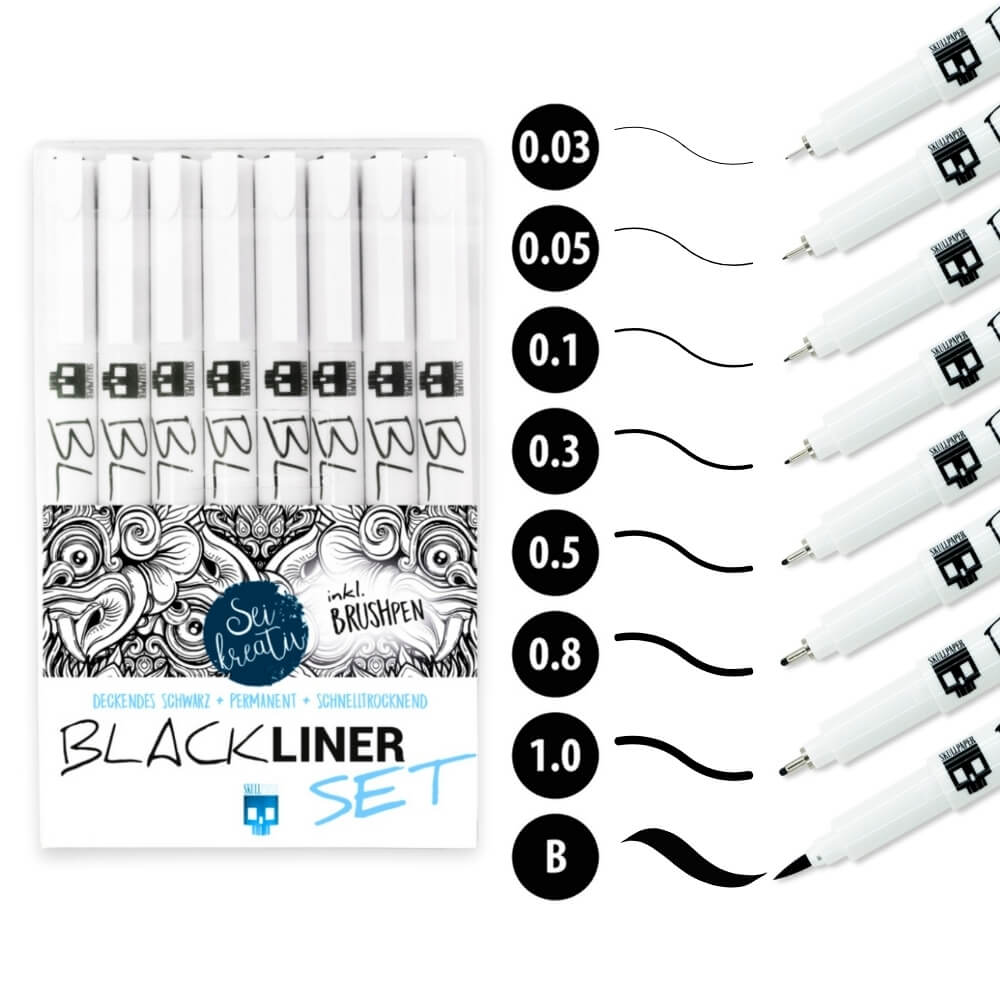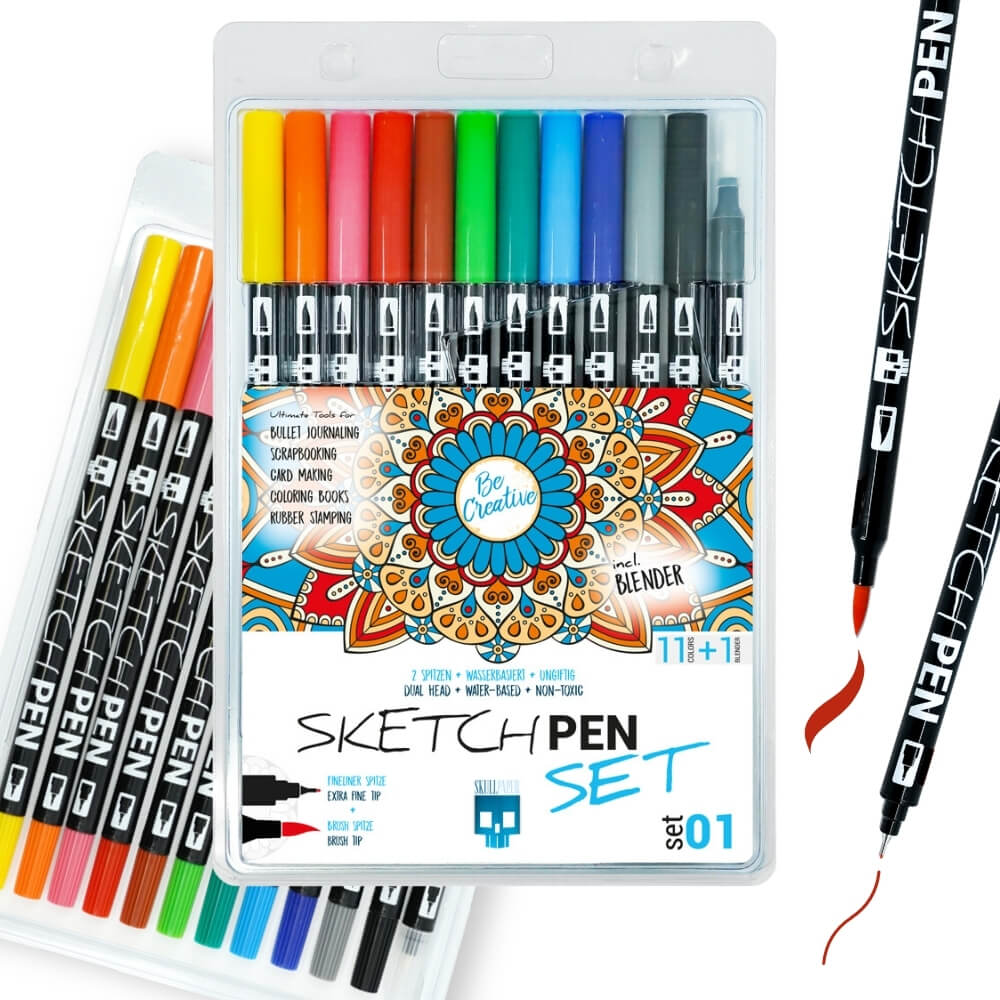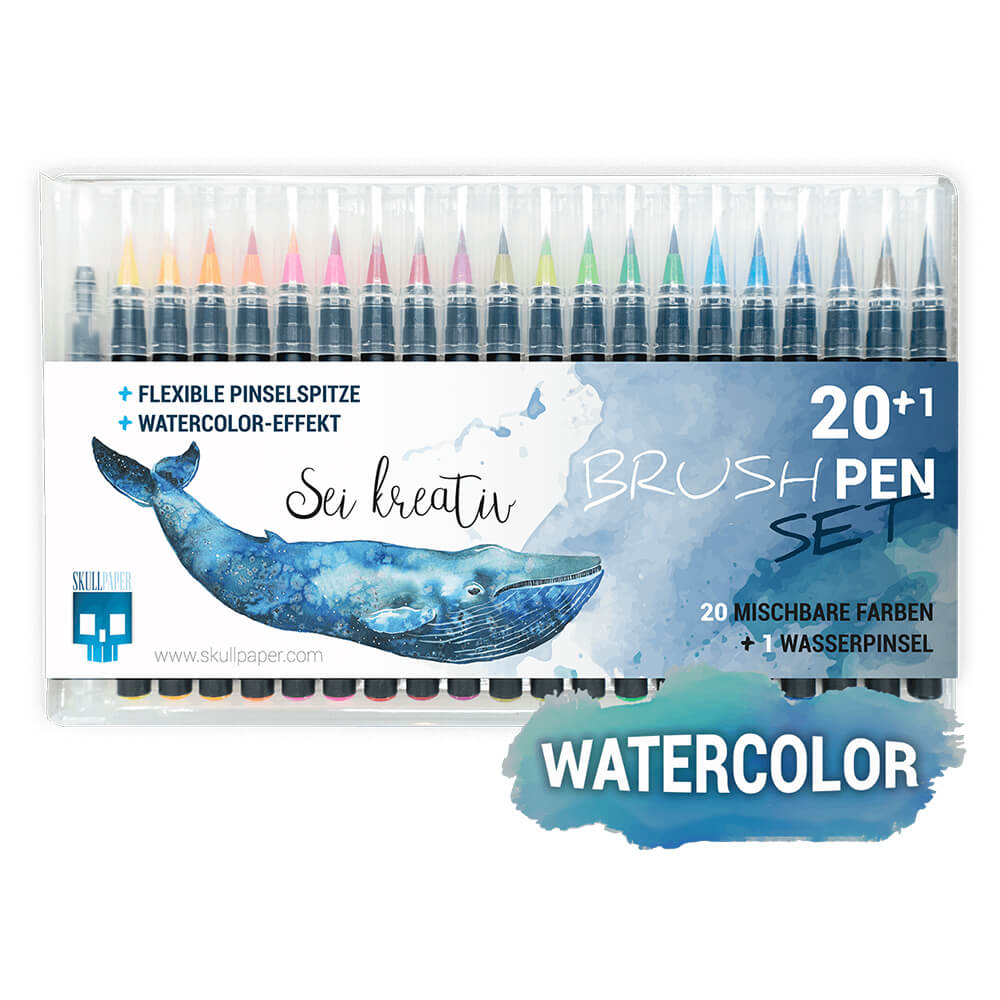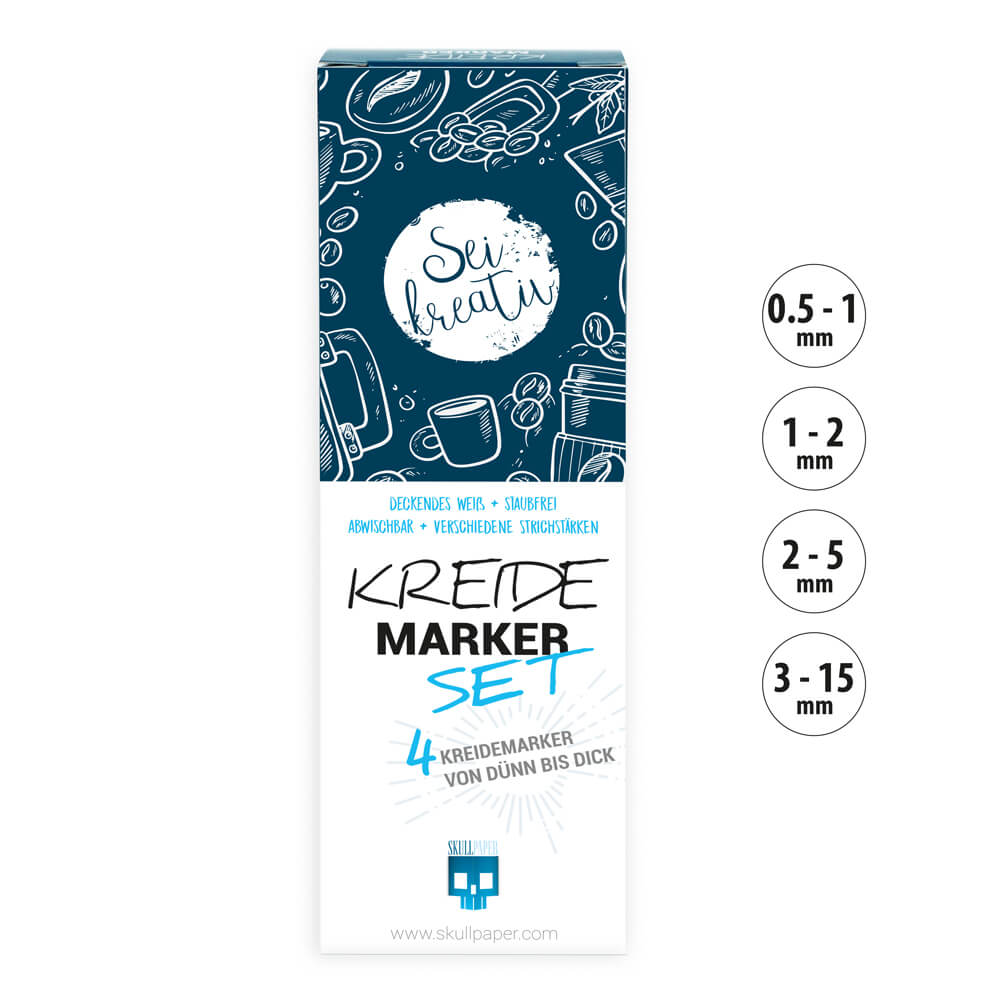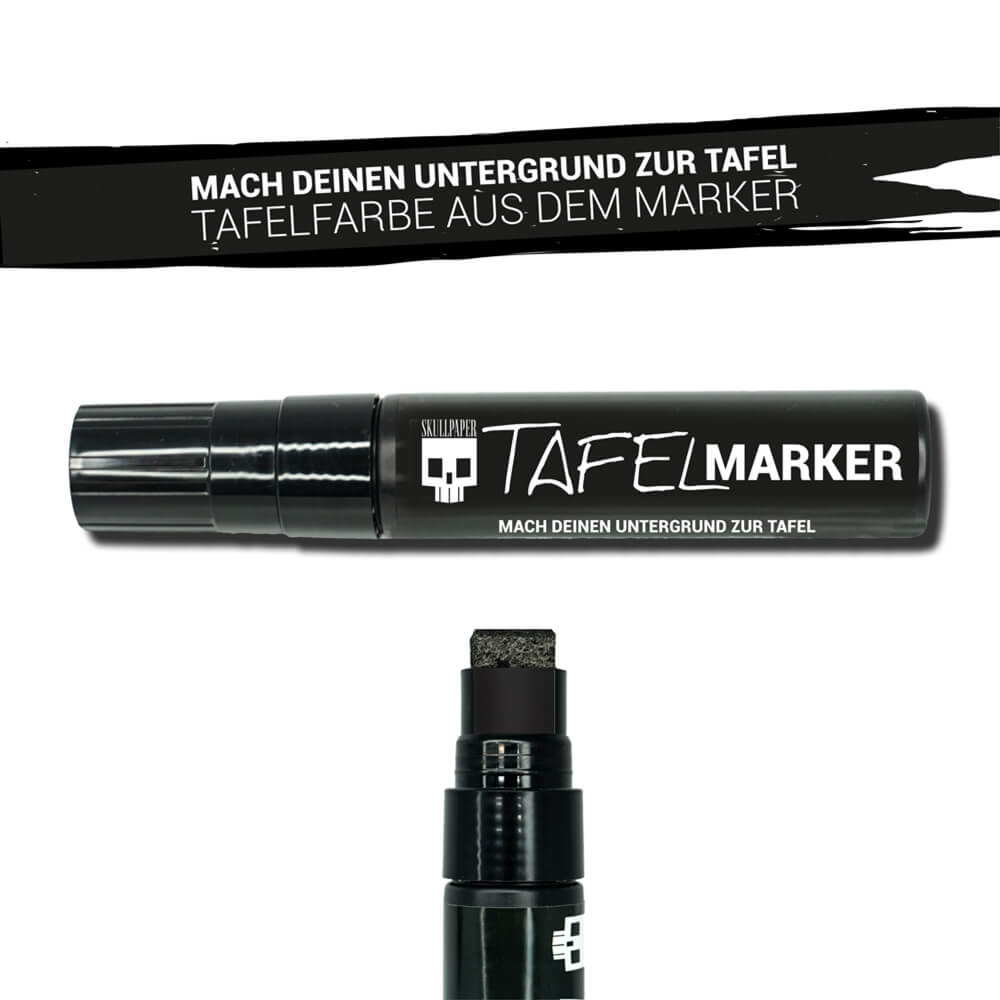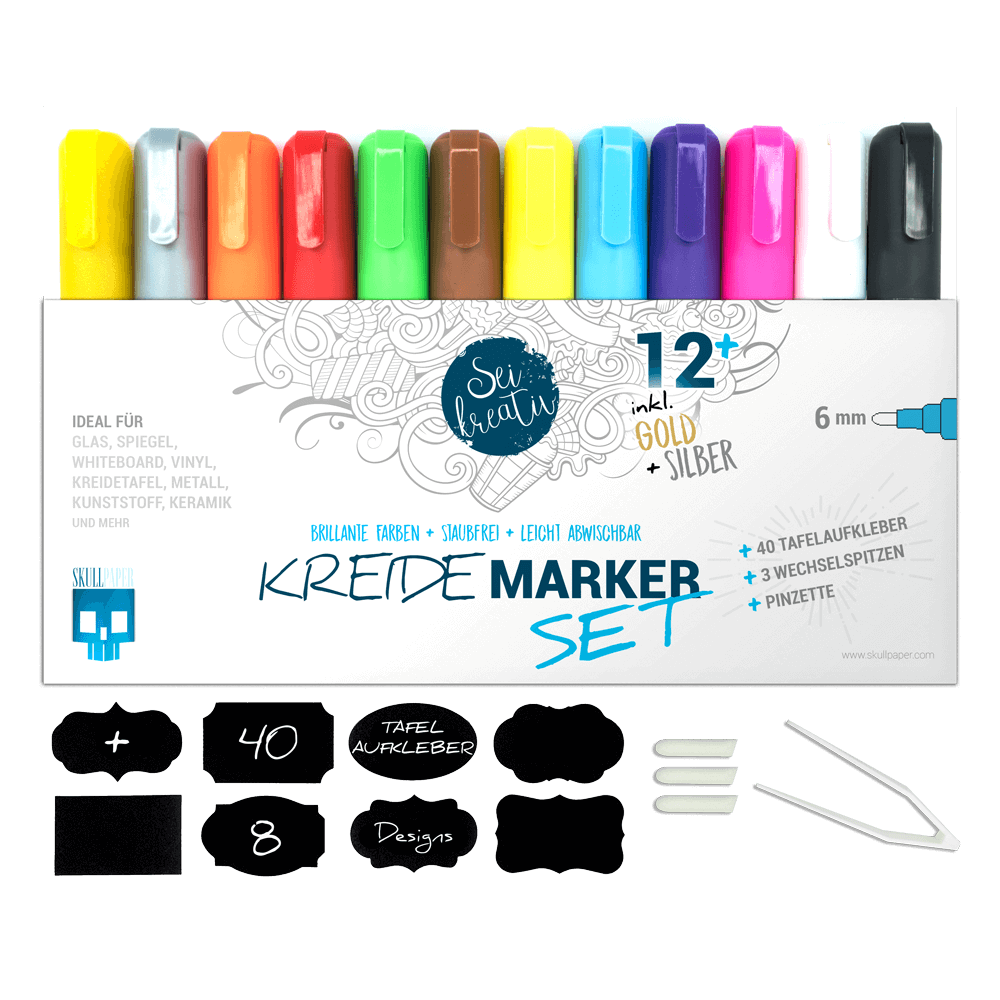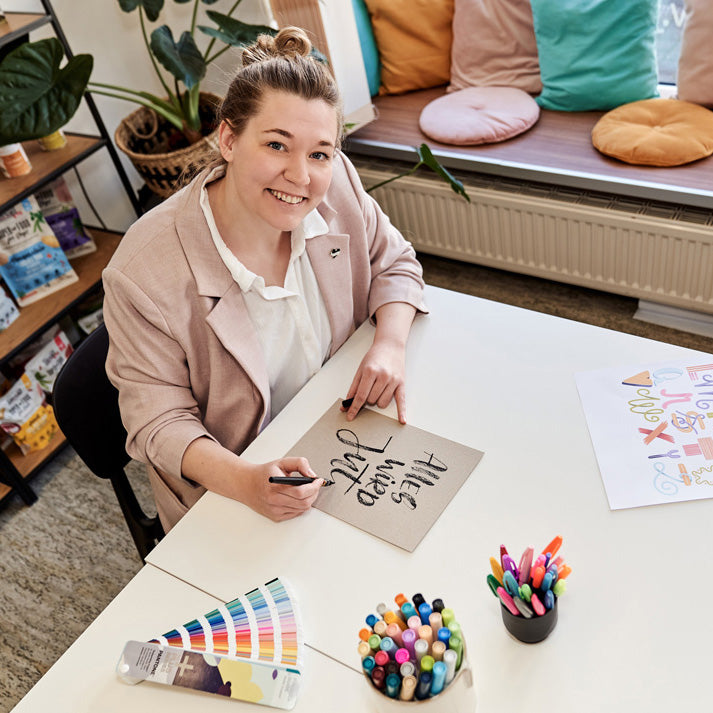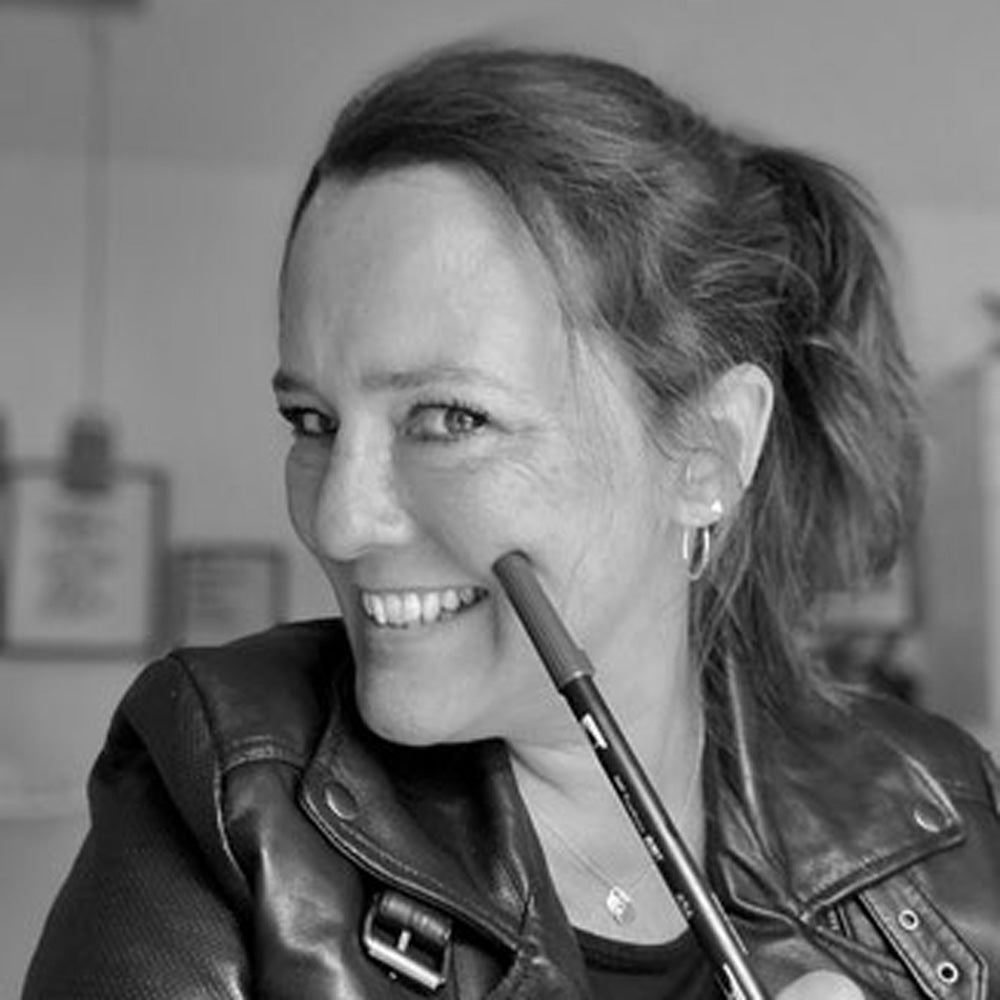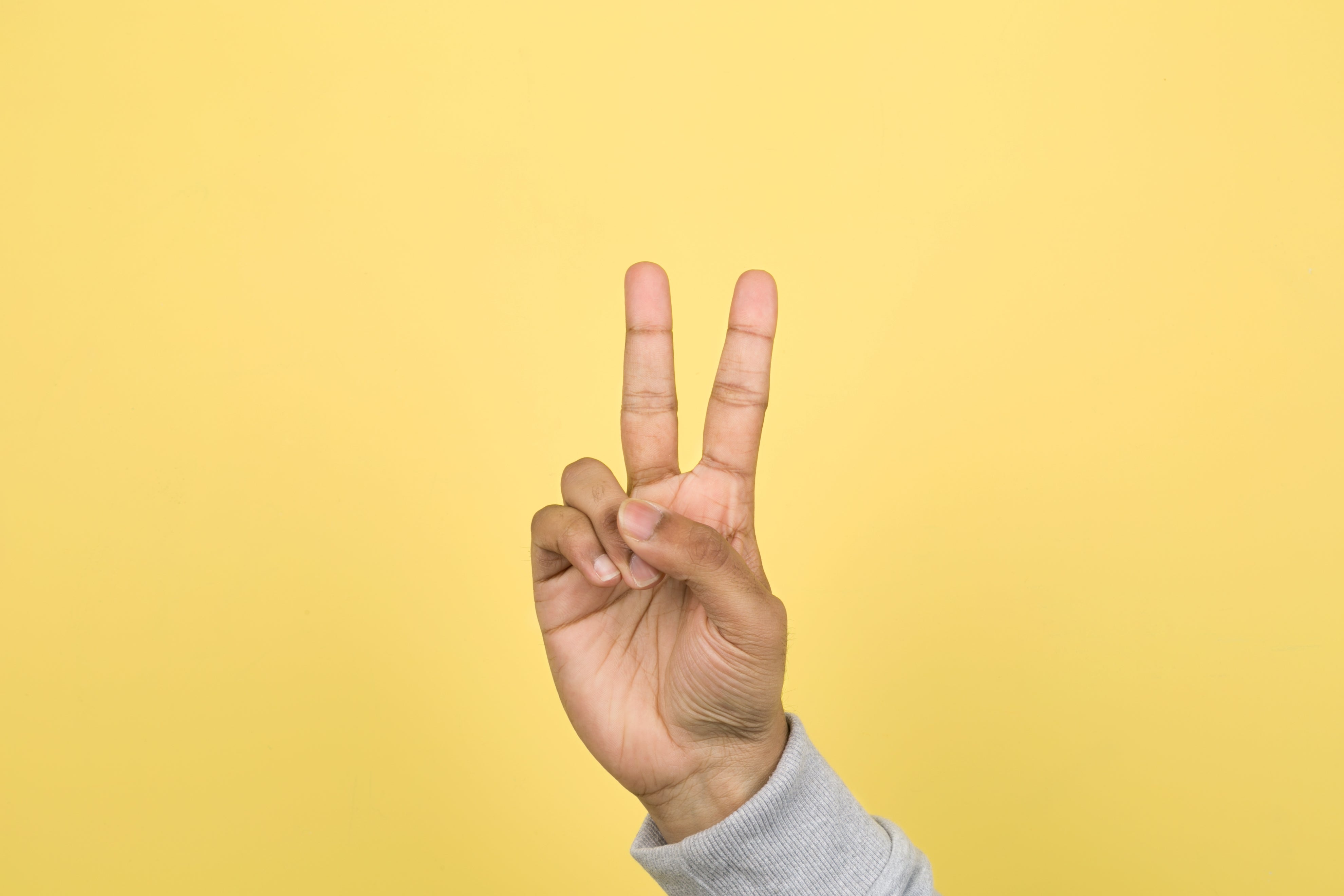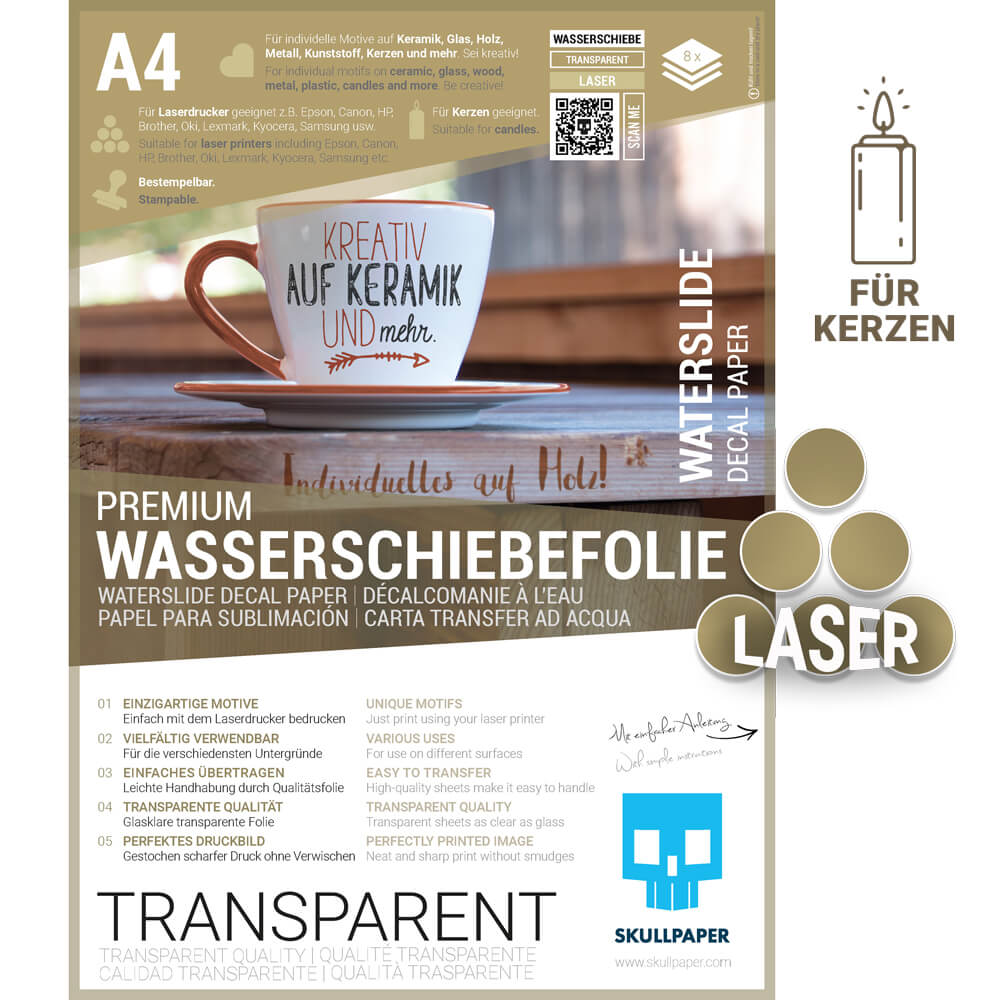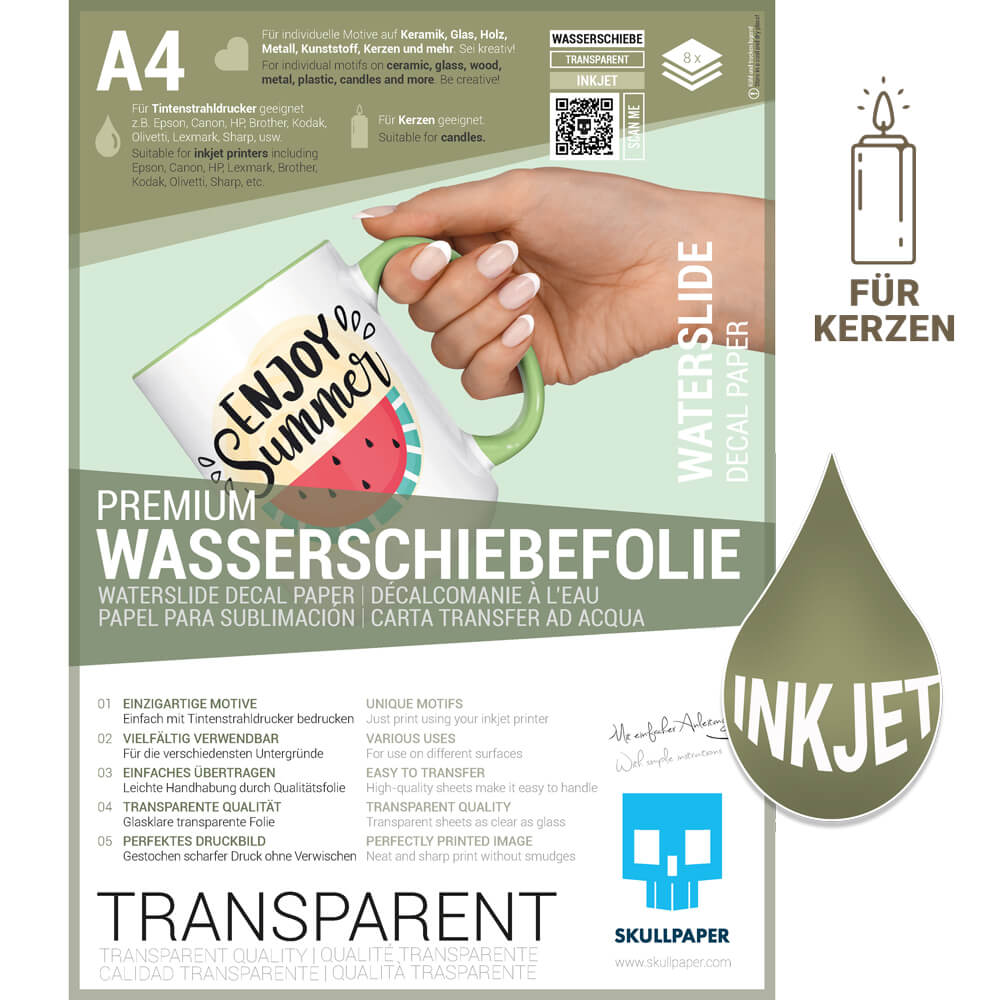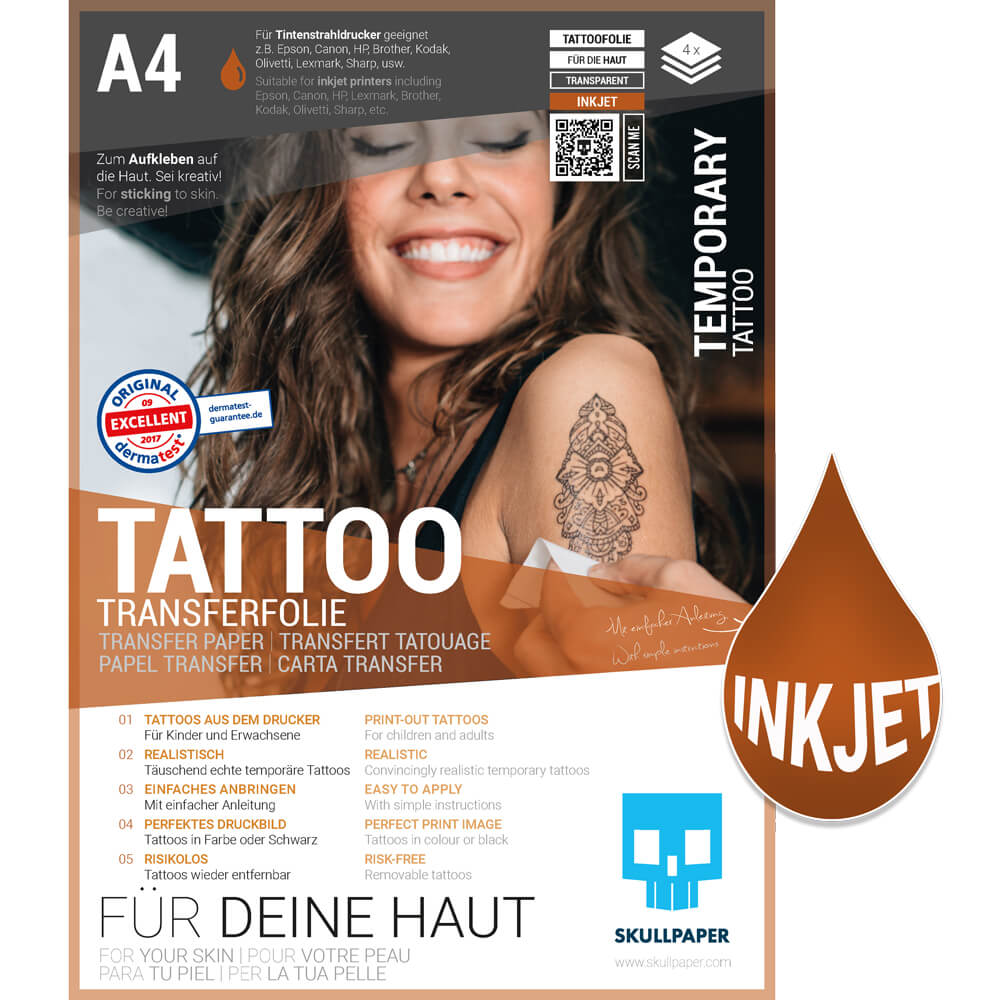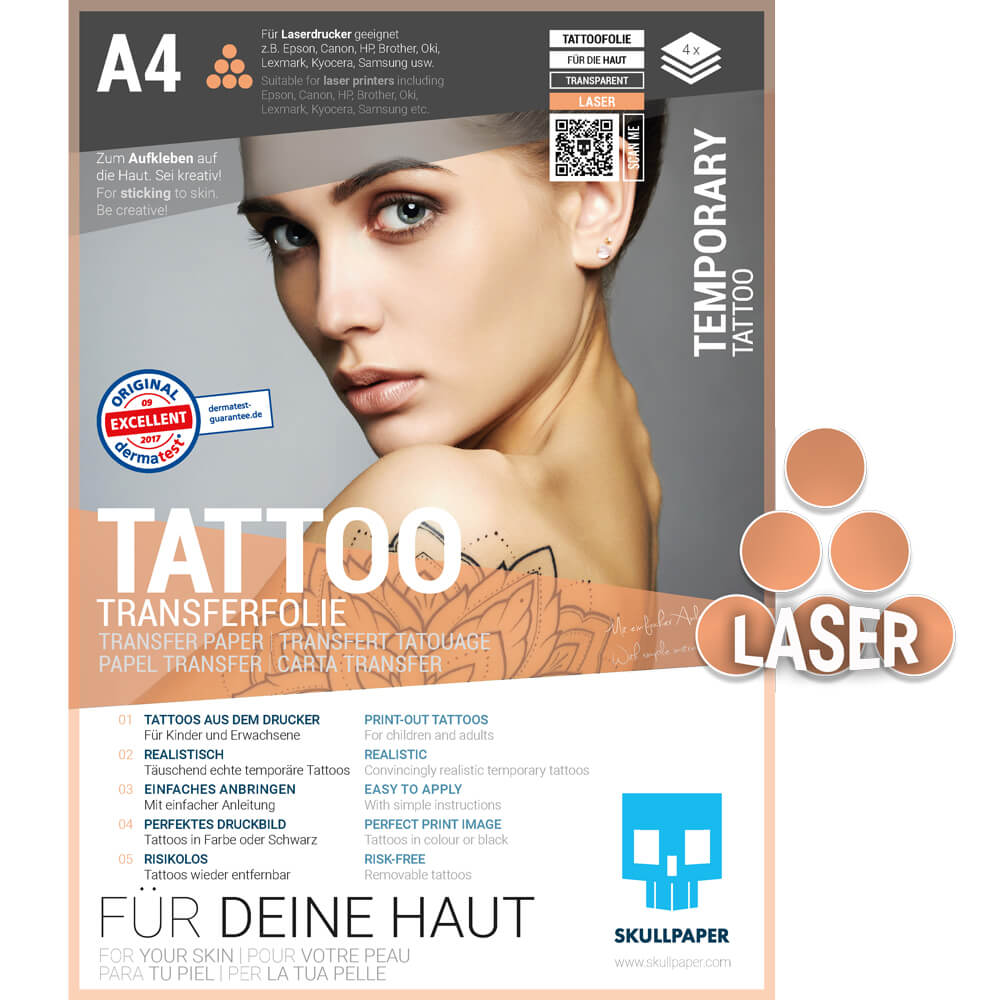Hi Pavo, nice to have you here. Tell us a little about what you do... Who are you and what do you do?
Hi, I'm Pavo, now - at least on social media - probably better known under my pseudonym “djangonaut.” I am primarily an illustrator and offer my service to my customers “all about the pen”. Both digital and analogue. At the moment I'm focusing a bit on digital drawing but that keeps changing. The analogue pens are therefore not left idle.
Especially digitally, I do a lot of sketchnotes, a lot of graphic recordings, a lot of target and strategy images in the business area, i.e. visual communication in the business area. And then of course everything else that can be illustrated - stories, short stories, typography as a typo artist, even at live events.
I have recently written and published my own book through many great avenues and networks. The book is about hand lettering with ProCreate. I live and work in Cologne, but I also travel a lot in German-speaking countries with workshops.
I create things that make people smile.
Wow, a lot of what you do. I read your slogan on your website “I create things that make people smile.” What is behind this slogan for you?
These are several levels. Firstly, my goal is to delight my customers with my work. At the end of a project or collaboration, the customer should say: “Poah… working with Pavo was great, he understood me and delivered, I’m completely satisfied.” This often puts a smile on people's faces and often my work is something that simply makes people happy. Regardless of whether this is for private customers or business customers. For me, something like that is better than any payment. When the customer is excited and can hold something in their hands, that's just fun for me.

Does that mean you work with both private and business customers?
Before becoming self-employed, I worked in a completely different industry for many years. And so of course you start very small. Especially if you don't have a great network to draw from in your previous job. So you start with small customers, make contacts, network and then slowly one thing leads to another.
What did you do before becoming creatively self-employed?
I worked in online marketing for 10 years until I decided to follow what was close to my heart. Either now or never. I have always enjoyed drawing, painting and designing. The interest and desire for creative work was always there. The pen kept coming back to me, so to speak, and I'm definitely not giving it back now.
Was there a particular event where the knot broke for you and you said, now I'll do it?
Social media was definitely a deciding factor. I was privately on Instagram and spontaneously posted a sketch. I made the sketch casually at the breakfast table and simply posted it. There was a lot of encouragement, not only from my friends but also from people I didn't even know. Little by little I posted more things and realized that something could come of it...
It was through this channel that I became aware of the whole hand lettering scene and that's how it developed.

You mentioned it briefly earlier. You appear under the pseudonym “djangonaut”. What's it all about?
The short story is based on the film Django Unchained by Quentin Tarrantino. I saw it in the cinema and was totally amazed by it. A day later I was sitting at the table at home and the song “The Joker” was playing with the line “some people call me the space cowboy.”
I still had the film in my head and suddenly there was “Django”, “Space Cowboy” and somehow “djangonaut” came together for me. When I opened my Instagram channel at some point, I thought it would be a good fit and since then I have been known there as “djangonaut”.
 |
You previously touched on the topic of sketchnotes and have very interesting examples of them on your website. Tell us a little more about it. What are sketchnotes actually and what can you do with them?
Sketchnotes are a really powerful thing and I came across them by chance. I was eating pizza with a customer (now a friend). We talked about what creative things you can do and he brought up the topic of sketchnotes. I didn't know anything about it at the time and he told me two well-known names in the field. Benjamin Felis, a well-known visualizer from Berlin, and Mike Rhode, who wrote a book on this topic.
I then looked into the topic and realized that we have actually always done this somehow. In the past at school, when the teacher said something and you scribbled something on the paper at the same time. Or when making a phone call. Active listening means listening to something and taking your own notes. In addition to language or text, images are often used to help memorize things better and present complex issues more easily. This makes it much easier to convey something to others and let off steam in terms of design.
It's less about having to be an illustrator or being able to draw. It's less about art and more about the idea of conveying an issue in a certain way. This can be very simple and anyone can do it. At the moment the topic of sketchnotes is going through the roof, not only in business but also in the private sector the topic is very well received.
Especially if you want to do something handmade again instead of having everything digitally and also to awaken your own creativity again, the topic of sketchnotes is simply wonderful for that. Especially for children, who learn to be creative again with the colorful pen instead of just thinking in the given learning processes. I think this can be very, very good and helpful.
Especially for private users, where would you say the topic of sketchnotes can be used? Do you have a few examples for us?
Anywhere where information and knowledge transfer is involved. Or where processes are described. Once for yourself to present yourself, for example in your CV, if you want to learn or just want to impart your knowledge. Or even putting things that normally happen digitally on paper and visualizing them.
For example, a cake recipe that has pictures and text can be quite simple. Take a look at Michelangelo's very old medical drawings. These are basically sketchnotes. Or an illustrated shopping list that you can give to your partner so that he doesn't buy apples instead of pears ;-)
Sketchnotes are a great playground where you can let off steam creatively.
I saw you also offer special sketchnotes workshops. Are these workshops more for entrepreneurs or for the private sector?
Both and... If the questions come from the business area then I adapt them specifically to the respective company. But of course also privately for everyone who enjoys something like that. Of course, it's not that easy digitally, which is why the workshops are all on site.

You mentioned briefly earlier that you have also published a book. Hand lettering with ProCreate. Why did you decide to publish a book in the digital realm instead of the classic analog format?
I was lucky that I was approached by a publisher who knew my work. The Pro Create program is an absolute game-changer for me and something that has changed my life. This has made my way of working extremely simple. My workflow and my work are easier, faster and even more professional thanks to the digital way of working.
On the other hand, there is nothing that can completely replace pen and paper. You always have a pen and a notepad in your bag. You can pull it out straight away and make a quick note. And I think it will always stay that way. I also think it's a shame that many digital solutions are trying to replace the analog world. In some ways, digital and analog are completely different things. In both you can be creative in very different ways.
When it comes to sketchnotes, for example, you traditionally have a level with pen and paper. Of course you can conjure up a few effects, but of course much more is possible digitally. With ProCreate you can do an incredible number of things - sometimes perhaps too much.

TO THE BOOK ON AMAZON
When a beginner asks you what he/she should start with, digital or analogue? What do you say to him/her?
Both. For me, the first move to use pen and paper would be the more natural one. Especially to train this hand muscle memory and to get what you have in your head on paper. Things are significantly different on a display. It's similar to learning to walk.
We all learned how to walk as children. You can do this, I can do that. Running is a completely natural movement that we perform. But if you go on the ice for the first time, for example to go ice skating, you will start to slide. Your body simply doesn't know the movement yet and isn't used to it. And it's the same with the display and the smooth surface.
You first have to get to know the new pen, accept the surface again, etc. I also recommend learning the digital version right from the start and becoming familiar with it. But the first step for me is classic pen and paper.

Your first contact with Skullpaper was at a workshop, right? How did this come about?
A customer of mine was at a big festival two years ago. I was also there on behalf of the customer to create time tattoos. I already knew Skullpaper and I had already had experience with Skullpaper tattoo foil. At the festival I noticed that the customer was also using Skullpaper tattoo foil. We then made tattoos with the foil for the festival visitors. Everyone who wanted got a small tattoo.
I don't remember how many happy, shining children's eyes I saw in these 3 days. Everyone was running around covered in tattoos from top to bottom and was super happy and had a lot of fun doing it. For me it was just as much fun to create lettering, names, symbols and whatever else I wanted. That was my first live performance and Skullpaper was there.

What is “djangonaut” planning for the future? When is the Sketchnotes book coming? ;-)
Yes, that would almost be the logical consequence. Write another book… Hmm? Let's put it this way... While you're writing a book, many people say, "Wow... never again."
It's just a crazy process. You put a lot of time and resources into it, but at the same time it's very fulfilling. For purely financial reasons you shouldn't even do something like that, but of course you want to convey your topic.
I can well imagine Sketchnotes' book, but it's not on the cards at the moment. It is currently important to stay healthy and see to what extent the business can grow digitally. To transfer the things that were previously done analogue into digital form. There are many things that I would like to tackle when it comes to digitalization, e.g. a small mini shop with products.
I would like to spread the word about sketchnotes and working with pen and paper, it is very close to my heart. To show people how you can be creative with pen and paper (sometimes detached whether analogue or digital) and simply have more courage to be or become creative again.

If our readers would like to find out more about you and what you offer, where is the best place to do so?
The best way to find me is via my website: www.djangonaut.de
or on the social media platforms Instagram: www.instagram.com/djangonaut
or Facebook: www.facebook.com/djangonaut .
The best place to find my new book on the subject of “Handlettering for Procreate” is directly on Amazon .



MORE ABOUT PAVO:
WEB
BOOK
Images: ©Pavo Ivkovic




